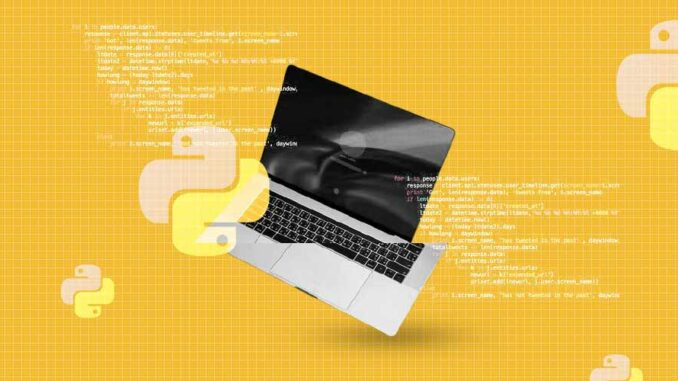
These top 10 libraries form a robust toolkit for data scientists aiming to extract meaningful insights
In the dynamic landscape of data science, Python remains the go-to programming language for its versatility and extensive ecosystem of libraries. As we step into 2024, the Python data science toolkit continues to evolve, with new libraries and updates enhancing the capabilities of professionals in the field.
1. TensorFlow 2.x: TensorFlow, developed by Google, continues to dominate the field of machine learning and deep learning. The 2.x version brings improvements in terms of ease of use and performance. With its comprehensive set of tools and support for both neural networks and traditional machine learning models, TensorFlow remains a powerhouse for data scientists working on complex projects.
2. PyTorch: PyTorch, an open-source machine learning library, has gained immense popularity for its dynamic computational graph, making it a favorite among researchers and developers. With its user-friendly interface and strong community support, PyTorch is well-positioned to be a key player in 2024, particularly in domains such as natural language processing and computer vision.
3. Pandas: Pandas is a foundational library for data manipulation and analysis. In 2024, Pandas continues to be an essential tool for cleaning, transforming, and analyzing data. With its intuitive DataFrame structure and extensive functionality, Pandas is the backbone of many data science projects, facilitating efficient data exploration and preparation.
4. Scikit-Learn: Scikit-Learn is a versatile machine-learning library that provides simple and efficient tools for data mining and data analysis. In 2024, its comprehensive collection of algorithms for classification, regression, clustering, and dimensionality reduction continues to make it a must-have for data scientists. The library’s consistency and ease of use contribute to its enduring popularity.
5. Dask: Handling large datasets is a common challenge in data science, and Dask addresses this by enabling parallel computing and distributed computing in Python. As data sizes continue to grow, Dask’s ability to scale computations from a single machine to a cluster makes it a valuable library for handling big data efficiently.
6. Statsmodels: For statisticians and researchers in data science, Statsmodels is an indispensable library. In 2024, it will continue to provide a wide range of statistical models for hypothesis testing, regression analysis, and time-series analysis. Its emphasis on statistical rigor and interpretation makes it a go-to choose for professionals focused on deriving meaningful insights from data.
7. Matplotlib and Seaborn: Data visualization is a crucial aspect of data science, and Matplotlib, along with Seaborn, continues to be the preferred choice for creating static, interactive, and aesthetically pleasing visualizations. As data storytelling becomes increasingly important, these libraries empower data scientists to convey complex insights in a compelling manner.
8. XGBoost: XGBoost, an efficient and scalable implementation of gradient boosting, has been a game-changer in machine learning competitions. In 2024, it remains a top choice for building powerful predictive models. Its ability to handle missing data, incorporate regularization techniques, and provide high performance makes it a staple in the toolkit of many data scientists.
9. NLTK (Natural Language Toolkit): With the growing importance of natural language processing (NLP), NLTK continues to be a vital library for text processing and analysis. Its comprehensive set of tools for tasks such as tokenization, stemming, and part-of-speech tagging makes it an essential companion for data scientists working with textual data.
10. Plotly: As the demand for interactive and dynamic visualizations increases, Plotly has emerged as a go-to library. In 2024, Plotly’s capabilities for creating interactive plots and dashboards seamlessly integrated with Python make it a preferred choice for data scientists looking to communicate insights in an engaging and user-friendly manner.





Be the first to comment